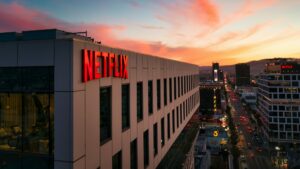Stanford software shows cities the benefits of sustainable investments for free

There are a plethora of measures a city can take in order to become more sustainable. Reducing emissions can be done in numerous ways, from designating more green zones to focusing on electric transportation. Researchers at the University of Stanford have been developing an open-source software called Urban InVEST to prove to city planners that sustainability measures are indeed worthwhile.
How the model works
“This software helps develop cities that are better for people and nature. Urban nature offers many different advantages. Trees on a street can lower temperatures so that homes are less hot in summer. At the same time, they absorb the CO2 emissions in the environment,” says Anne Guerry, Chief Strategy Officer of the Natural Capital Project at the University of Stanford.
Urban InVEST combines environmental and demographic data, including information on temperature development, the population, and their income. The users must manually enter the data concerning their city, while the climate data is acquired through various sources such as NASA and local weather stations. According to the researchers, the software automatically simulates the economic, environmental, and health effects of certain investments on a map. Users should be able to carry out the simulations for the entire city or in a small area.
First tests
The software has already been tested for cities such as Paris, Shenzhen, Guangzhou, San Francisco, and others. In many cases, they have cooperated with local partners. For example, candidates in local elections in Paris have campaigned for more green spaces. In Minneapolis, city planners wanted to find out how to recycle unused golf course space.
In Shenzhen, it was found that green spaces can prevent storm damage worth up to $25m by soaking up and distributing the water. In addition, it is estimated that a temperature reduction of three degrees Celsius could be achieved. Urban InVEST’s visualized data is intended to show city planners how beneficial sustainable investments can be. In this way, they will be able to make decisions that not only benefit the economy, but also the environment and the city dwellers.




























